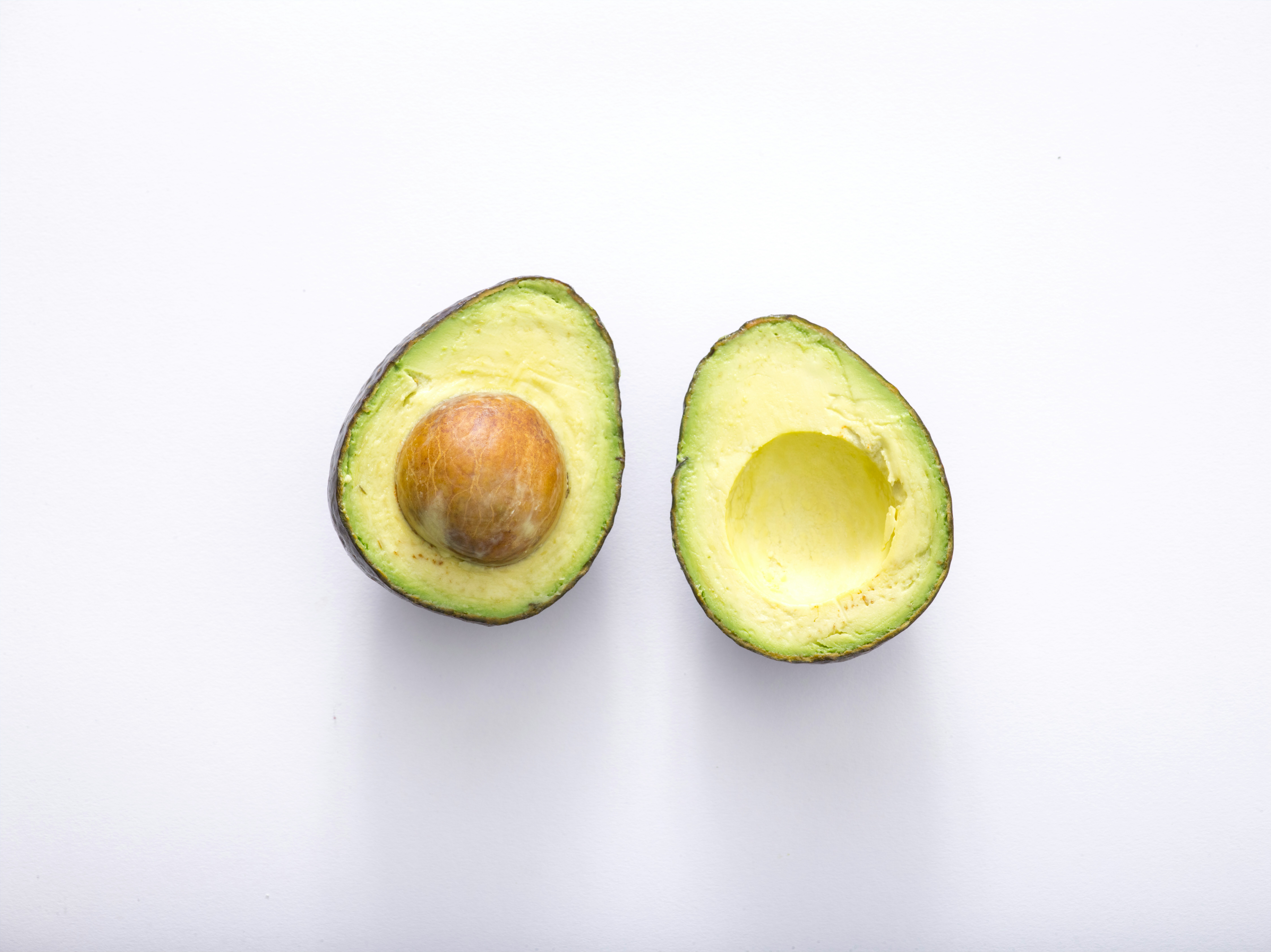Embracing Mindfulness to Transform Your Daily Routine
In today’s fast-paced world, where our calendars are often packed tighter than a can of sardines, the concept of mindfulness can seem like just another buzzword floating through the ether of self-help books and wellness blogs. Yet, the truth is, embracing mindfulness can profoundly transform the way we navigate our daily routines. You might be thinking, “How can being mindful help me when I’m already juggling a million tasks?” Well, let me assure you, it’s not about doing more; it’s about doing less—less stress, less chaos, and more presence.
The Essence of Mindfulness
Mindfulness, in its simplest form, is the practice of being fully present in the moment. It’s about paying attention to our thoughts, feelings, and sensations without judgment. According to Jon Kabat-Zinn, the founder of the Mindfulness-Based Stress Reduction program, mindfulness is “the awareness that arises from paying attention, on purpose, in the present moment, and non-judgmentally.” Sounds easy, right? Yet, in practice, it can be like trying to herd cats—frustrating and messy.
To give you an example from my own life: I remember sitting in a café, latte in hand, fully absorbed in my phone, scrolling through social media. It struck me that I was missing the aroma of fresh-brewed coffee and the chatter around me. That tiny moment of realization was my wake-up call to the importance of mindfulness. I realized how often I was physically present but mentally miles away.
Why Mindfulness Matters
Research has shown that practicing mindfulness can lead to a plethora of benefits, both mental and physical. Some studies suggest that mindfulness can reduce stress, enhance focus, and even improve relationships. Who wouldn’t want to be less stressed and more focused? More importantly, mindfulness can help us cultivate a deeper sense of gratitude and connection to our daily experiences.
But let’s get real for a second: mindfulness is not some magical solution that will instantly solve all your problems. It requires practice and patience—like learning to ride a bike (without training wheels!). It’s a skill that can be developed over time, and the payoff can be significant.
Integrating Mindfulness into Your Daily Routine
You may be wondering, “How does one even begin to integrate mindfulness into a routine that feels like it’s on a perpetual treadmill?” Well, fear not! Here are some simple yet effective ways to weave mindfulness into the fabric of your day:
- Start Your Day with Intention: Rather than reaching for your phone the moment you wake up, take a few minutes to simply breathe. Notice how your body feels, and set an intention for the day. Maybe it’s to be more patient or to find joy in small moments.
- Mindful Eating: Eating can be a mindless activity, especially when multitasking. Instead, try to savor each bite. Notice the flavors, textures, and colors of your food. (And yes, this means putting down your phone!)
- Take Mindful Breaks: During your workday, take short breaks to step outside or simply close your eyes for a minute. Focus on your breath and let your mind settle. You’d be surprised at how this can recharge your productivity.
- Practice Gratitude: At the end of each day, reflect on three things you’re grateful for. This can shift your perspective and help you appreciate the little moments that often go unnoticed.
Mindfulness in Action: Real-Life Examples
Now, let’s consider a few real-life scenarios that highlight how mindfulness can transform our daily routines.
Morning Commute
For many, the daily commute can be a source of stress. Imagine being stuck in traffic, feeling the tension build as the minutes tick away. Instead of succumbing to frustration, what if you approached this time mindfully? This could involve tuning into a podcast that inspires you, listening to calming music, or even practicing deep-breathing exercises. I’ve found that transforming my commute into a little oasis of peace sets a positive tone for the day ahead.
Workplace Interactions
Picture this: it’s mid-afternoon, and your coworker just made a snarky comment during a meeting. The instinctual response may be to react defensively. However, practicing mindfulness can help you pause and respond thoughtfully instead of impulsively. You might take a moment to breathe deeply and assess the situation before engaging. This not only enhances your communication skills but also fosters a more harmonious work environment.
Evening Wind-Down
As the day winds down, it’s tempting to collapse on the couch and binge-watch another episode of your favorite series (not that I’m judging!). Instead, consider replacing that habit with a mindfulness practice—perhaps some gentle yoga or a quiet moment with a book. One evening, I decided to ditch the screen and made a cup of herbal tea. I sat on my balcony, enjoying the evening breeze while reflecting on my day. It was refreshing and, dare I say, therapeutic.
Challenges on the Mindfulness Journey
As with any journey, embracing mindfulness comes with its share of challenges. It’s not always easy to stay present, especially when life throws curveballs your way. You might find your mind wandering or feel frustrated when you don’t see immediate results. Trust me; I’ve been there. It’s important to remember that mindfulness is a practice, and like any skill, it takes time to develop.
Dealing with Distractions
In our digital age, distractions are a dime a dozen. Notifications from our phones or the allure of social media can easily pull us away from the present moment. One strategy to combat this is to create a ‘mindfulness zone’—a space where you can retreat from distractions. This could be a corner of your home or even a quiet spot at a park. When you’re in this zone, commit to being present.
Overcoming Self-Judgment
Many individuals struggle with self-judgment, often feeling that they’re not “doing mindfulness right.” It’s crucial to approach mindfulness with self-compassion. When thoughts of judgment arise, acknowledge them without criticism. It’s all part of the process. I often remind myself that even seasoned practitioners have days where they feel scattered. That’s perfectly normal!
Mindfulness Techniques to Explore
As you continue on your path to mindfulness, various techniques can deepen your practice. Here are a few you might consider:
Breath Awareness
One of the most fundamental aspects of mindfulness is focusing on your breath. This technique can be practiced anytime and anywhere. Simply take a few moments to inhale deeply through your nose, hold for a moment, and exhale slowly through your mouth. It’s a simple yet effective way to anchor yourself in the present.
Body Scan
The body scan is a technique that involves mentally scanning your body from head to toe, noting any sensations or areas of tension. This practice can help you connect with your physical self and promote relaxation. I remember the first time I tried a body scan meditation—I was surprised by how tense my shoulders were! It’s a gentle reminder to check in with ourselves.
Mindful Walking
Walking can be a form of meditation in motion. Instead of rushing from point A to B, try to walk mindfully. Pay attention to the sensation of your feet touching the ground, the rhythm of your breath, and the sights and sounds around you. I often find that a mindful walk can clear my head and spark creativity.
The Ripple Effect of Mindfulness
As you begin to incorporate mindfulness into your daily routine, you might start to notice a ripple effect in other areas of your life. Relationships may improve as you become more present and attentive to others. Your productivity may increase as you learn to focus better. Even your overall well-being may enhance as you cultivate a greater sense of gratitude and appreciation for the little things.
Mindfulness and Relationships
In our fast-paced lives, it’s easy to take our relationships for granted. Mindfulness can foster deeper connections by encouraging us to listen actively and engage fully in conversations. Imagine being fully present when your partner shares their day with you, rather than thinking about your to-do list. This small shift can lead to more meaningful interactions and a stronger bond.
Mindfulness in Parenting
For parents, juggling the demands of work and family can be overwhelming. Mindfulness can be a game-changer in navigating the parenting journey. By being present and attentive to your child’s needs, you create a nurturing environment that fosters emotional connection. I often think back to moments when my kids were young—taking time to truly listen to their stories made all the difference in our relationship.
Final Thoughts: The Ongoing Journey
Embracing mindfulness is not a one-time event but an ongoing journey. It’s about cultivating a habit of presence, patience, and compassion—both toward ourselves and others. As you embark on this journey, remember to be gentle with yourself. There will be days when it feels like you’re nailing it and others when it seems hopelessly out of reach. That’s all part of the process.
So, the next time you find yourself overwhelmed by the hustle and bustle of daily life, take a moment to pause, breathe, and reconnect with the present moment. It’s these small, mindful moments that can ultimately lead to a profound transformation in your daily routine.
To borrow a phrase from the great philosopher Socrates: “The unexamined life is not worth living.” By embracing mindfulness, you’re not only examining your life but also enriching it in ways you never thought possible. So go ahead, give it a try—you might just find that the ordinary can become extraordinary with a little mindfulness sprinkled in.






